Why is LiFePO4 battery so popular? The LiFePO4 battery is a type of Lithium-ion battery. It is one of the safest and most eco-friendly battery because of its non-toxicity, high energy density, low self-discharge, fast charging and long life span. Because of these characteristics, it has now become the most mainstream battery, widely used in light electric vehicles, energy storage equipment for solar and wind power generation, UPS and emergency lights, warning lights and mining lights, power tools, toys such as remote control cars/boats/airplanes, small medical instruments and equipment and portable instruments, etc . Let’s have an insight into this revolutionary technology below. Amazing Light Weight and High energy density A lithium iron phosphate battery of the same capacity is 2/3 the volume and 1/3 the weight of a lead-acid battery. Less weight means more maneuverability and speed. The small size and lightweight are well suited for applications like solar energy systems, RVs, golf carts, bass boats, electric vehicles, and similar ones. Meanwhile, LiFePO4 batteries have a high storage energy density, having reached 209-273Wh/pounds, about 6-7 times that of lead-acid batteries. For example, 12V 100Ah AGM battery weighs 66pounds, while an Ampere 12V 100Ah LiFePO4 battery of the same capacity weighs only 24.25pounds. Highest Efficiency with Full Capacity As most LiFePo4 batteries are used for deep cycle applications, their 100% Depth of Discharge (DOD) plays a vital role in providing great efficiency. Lead-acid batteries can only be discharged to 50% at 1C discharge rate, unlike lithium batteries. So, right here, you already need two lead-acid batteries to make up for one lithium battery, which means space and weight savings. Finally, people are sometimes turned off by the upfront cost of lithium batteries, but you don't have to replace them every three to five years like you do with lead-acid batteries. 10X Cycle life than Lead Acid Batteries LiFePo4 ...
Read More…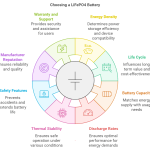
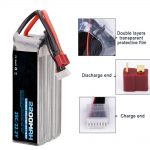
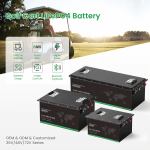
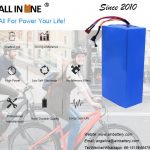
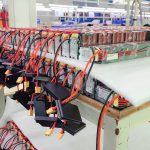





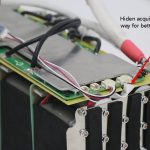

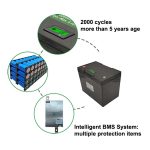


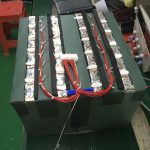

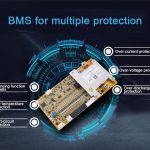
![]() 100% secure payment
100% secure payment![]()
